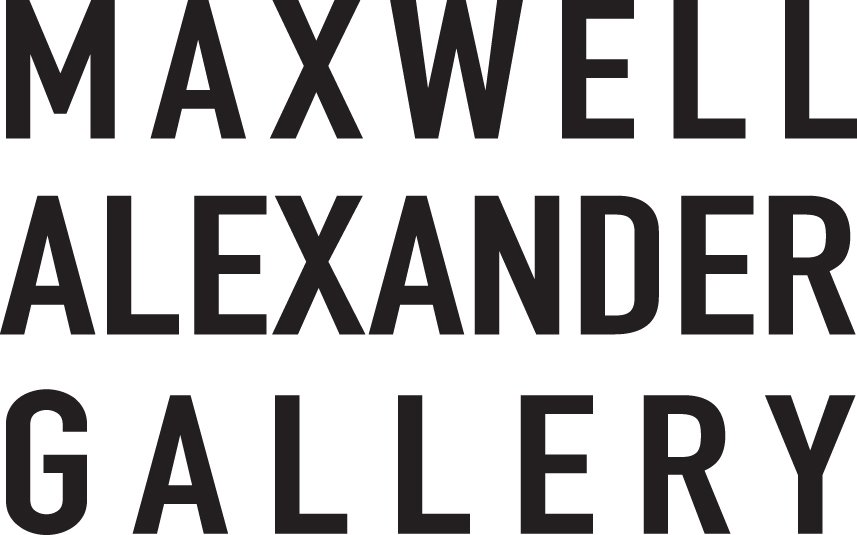E. MARTIN HENNINGS
E. Martin Hennings Biography
E. Martin Hennings was born to German immigrant parents in 1886 in Pennsgrove, New Jersey. The Hennings family relocated to Chicago when Martin was two years old and he spent much of his youth there, eventually studying at the Art Institute of Chicago. In 1912, Franz Von Stuck, an esteemed teacher and painter in Munich accepted Hennings as his student at the Royal Academy. Hennings studied at the Academy for over two years before the onset of World War I, at which time he was forced to return home.
Upon returning to the U.S., Hennings maintained two studios in Chicago, one a commercial studio where he worked on his mural commissions and some commercial ventures, and his private studio where he showed his paintings to interested patrons. His work soon came to the attention of Carter H. Harrison Jr., a prominent figure in Chicago and a great patron of the arts. Carter along with Oscar Mayer, the meatpacking czar, were partners in an art-buying syndicate, and earlier had sponsored Higgins and Ufer in their initial visits to Taos.
In 1917, Harrison approached Hennings with a similar proposal, offering to sponsor Hennings in Taos in exchange for a number of his paintings. Hennings eagerly accepted and made his first visit to New Mexico that same year. In Taos, Hennings found himself freed from the restraints of the obligations associated with commercial art. He now had the time to concentrate fully upon his painting.
The influence of Taos can easily be discerned in Hennings' work. Not only did his palette brighten in response to the intense New Mexico sunlight, but he gave up the thick, broad brushstrokes that appear in his early paintings. Instead, he adopted a thinner paint laid on with a softer brush which allowed him to apply paint, with little impasto, in distinct areas of color and tone. Finally, and most obviously the subjects Hennings represented speak wholly of the region, namely the Taos Pueblo Indians.
Hennings considered himself to be foremost a figure painter, however he could not remain immune to the beauty of the New Mexico landscape. As Hennings himself expressed, "New Mexico has almost made a landscape painter out of me, although I believe my strongest work is in figures." (El Palacio, August 1946). It was when the artist began to combine the elements of figure painting with those of the New Mexico landscape that he discovered his own unique style and distinguished himself from the other Taos artists. The results were peaceful scenes of the quiet interlude between man and nature.
Van Deren Coke notes that "Hennings' most pleasant pictures are those which intertwine nature with Indians in a subtle tapestrylike manner to suggest the unification of man and his landscape." The figures are often depicted riding on horseback amongst the foliage of nature which serves as both background and foreground, creating intricate patterns within the contrast of the brilliant light and deep shadow so evident in the forests of New Mexico.
Hennings moved to Taos permanently in 1921, and in 1924 he was elected into membership of the Taos Society of Artists. To Hennings, election into the TSA was both a symbol of recognition and a sign of acceptability as an artist. Indeed Blumenschein considered Hennings to be the finest artist in Taos, both in and out of the TSA.During the 30's and 40's when many artists were struggling financially, Hennings spent part of his year in Houston, Texas where he painted commissioned portraits.
The artist's reputation as a painter with a gift for capturing the spirit of his subjects spread in that part of the country and provided Hennings with a steady income. Martin Hennings worked steadily until the time of his death in 1956. His final project was a commission from the Santa Fe Railway for which he completed a group of paintings on the Navajo Reservation.

